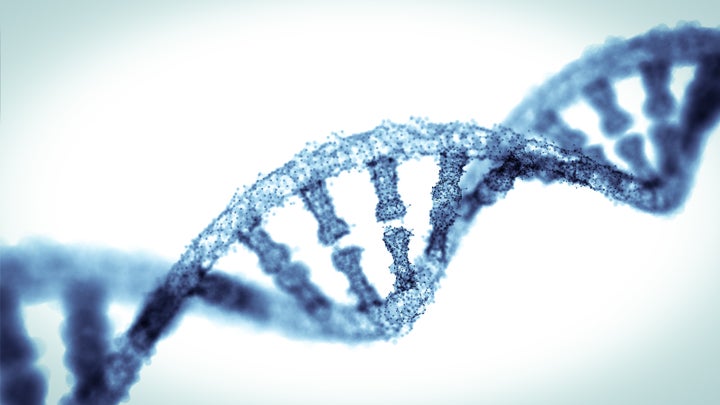Scientists have successfully shown that they can edit the single building blocks of the human body, with the “profound potential” to permanently delete diseases such as Parkinson’s.
The CRISPR gene-editing tool is already being widely used in trials to alter DNA, but now a team at the Broad Institute and MIT have been looking at how it can be manipulated to target DNA’s chemical cousin - RNA.

RNA is different to DNA in several ways (in the most basic way it features ribose sugars rather than deoxyribose sugars) but also in terms of function.
DNA is the master copy of code, responsible for storing and transferring genetic information, while RNA is a secondary copy that directly codes for individual amino acids and is a necessary middle-man for any cell to use the instructions in the DNA.
This is important because being able to change individual RNA letters in a precise fashion would give researchers the ability to reverse disease-causing mutations.
For example, they could reverse a mutation which had changed G to A, a common problem that has been implicated in causing focal epilepsy, muscular dystrophy and Parkinson’s disease.
And addressing disease is obviously a priority in all gene-based work.
Senior author Feng Zhang, he said: “The ability to correct disease-causing mutations is one of the primary goals of genome editing.”
Zhang is part of the team who first harnessed CRISPR for mammalian genome editing and has now been instrumental in creating the new system REPAIR.
“So far, we’ve gotten very good at inactivating genes, but actually recovering lost protein function is much more challenging. This new ability to edit RNA opens up more potential opportunities to recover that function and treat many diseases, in almost any kind of cell,” said Zhang.
Using the REPAIR system, which relies on enzyme Cas13 (instead of Cas9 normally used by CRISPR), the team consistently achieved the desired edit in up to 51% of target RNA without signs of significant off-target activity.
And crucially they are able to make these edits, without affecting the rest of the surrounding genome, as always happens in DNA editing.
In addition, because RNA naturally degrades it is a potentially reversible fix, so the new technique is both safer and more flexible than ever before.
All of the editing took place on human cells in the laboratory, but they were not implanted and had to be destroyed.
In the UK where, the UK Human Fertilisation and Embryology Authority (HFEA) 2016 licensing, states that embryos must be destroyed within 14 days and cannot be implanted into a woman after being altered.
